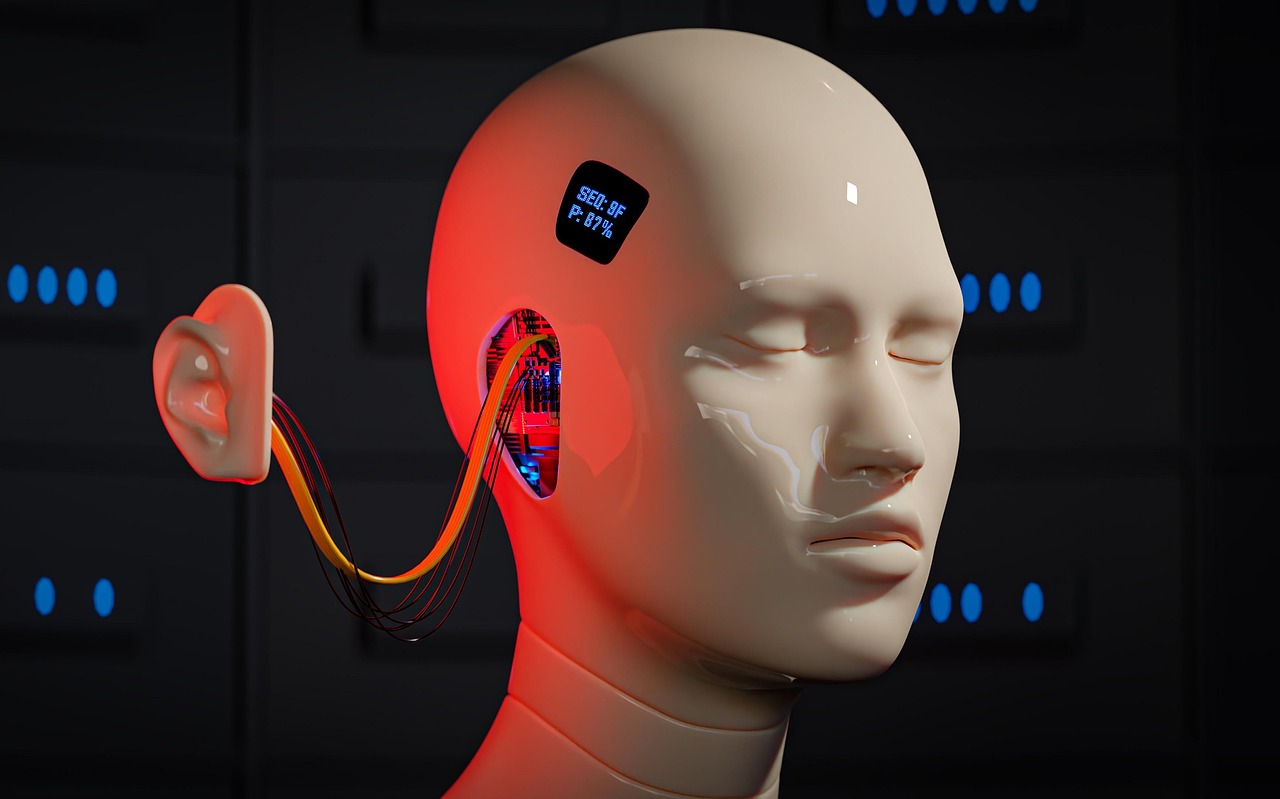The world is rapidly changing, driven by breakthroughs in artificial intelligence. From self-driving cars to personalized medicine, AI research is at the forefront of innovation, pushing the boundaries of what’s possible. This blog post delves into the fascinating world of AI research, exploring its key areas, challenges, and future directions, providing a comprehensive overview for anyone seeking to understand this transformative field.
Understanding the Landscape of AI Research
AI research encompasses a wide array of disciplines, all focused on creating intelligent agents capable of performing tasks that typically require human intelligence. Understanding the breadth of this landscape is crucial to appreciating its potential and complexity.
Core Areas of AI Research
- Machine Learning (ML): This is perhaps the most well-known area, focusing on algorithms that allow computers to learn from data without being explicitly programmed.
Example: Training a model to recognize different breeds of dogs based on a dataset of images.
- Natural Language Processing (NLP): NLP deals with enabling computers to understand, interpret, and generate human language.
Example: Building a chatbot that can answer customer queries or translate text between languages.
- Computer Vision: This area focuses on enabling computers to “see” and interpret images and videos, similar to how humans do.
Example: Developing autonomous vehicle systems that can identify traffic lights, pedestrians, and other obstacles.
- Robotics: Robotics combines AI with engineering to create intelligent robots capable of performing physical tasks.
Example: Designing robots for manufacturing, surgery, or exploration of hazardous environments.
- Knowledge Representation and Reasoning: This area explores how to represent knowledge in a way that allows AI systems to reason logically and make informed decisions.
Example: Creating a system that can diagnose medical conditions based on a patient’s symptoms and medical history.
Interdisciplinary Nature of AI Research
AI research is inherently interdisciplinary, drawing upon expertise from various fields:
- Mathematics: Provides the foundation for algorithms and statistical models.
- Computer Science: Develops the software and hardware infrastructure needed to implement AI systems.
- Neuroscience: Offers insights into how the human brain works, inspiring new AI architectures.
- Linguistics: Informs the development of NLP systems.
- Philosophy: Explores the ethical and philosophical implications of AI.
Key Challenges in AI Research
While AI has made significant strides, several challenges remain that researchers are actively working to overcome.
Data Dependency and Bias
- Challenge: Many AI algorithms, especially those based on machine learning, require vast amounts of data to train effectively. Furthermore, if the data used is biased, the resulting AI system will also be biased.
- Example: Facial recognition systems trained primarily on images of one race may perform poorly on individuals of other races.
- Solutions: Techniques like data augmentation, synthetic data generation, and bias detection/mitigation are being developed. Careful consideration of data sources and representation is crucial.
Explainability and Interpretability (XAI)
- Challenge: Many AI models, particularly deep learning models, are “black boxes,” making it difficult to understand why they make certain decisions. This lack of transparency can hinder trust and accountability.
- Example: A loan application is rejected by an AI system, but the applicant is not given a clear explanation of why.
- Solutions: XAI techniques aim to make AI models more transparent and interpretable, allowing users to understand the reasoning behind their decisions. Examples include SHAP values and LIME.
Generalization and Robustness
- Challenge: AI systems often struggle to generalize their knowledge to new situations or to withstand adversarial attacks.
- Example: A self-driving car may be able to navigate perfectly in ideal weather conditions but fail in heavy rain or snow.
- Solutions: Researchers are developing more robust algorithms and training techniques that allow AI systems to adapt to changing environments and resist adversarial manipulations. Techniques like adversarial training and domain adaptation are commonly employed.
Ethical Considerations
- Challenge: AI raises significant ethical concerns related to job displacement, privacy, bias, and the potential for misuse.
- Example: Autonomous weapons systems could make life-or-death decisions without human intervention.
- Solutions: Ongoing discussions and research are focused on developing ethical guidelines and regulations for AI development and deployment. Areas of focus include fairness, accountability, transparency, and safety (FATE).
Recent Breakthroughs in AI
Despite the challenges, AI research continues to produce remarkable breakthroughs that are transforming various industries.
Deep Learning Advancements
- Transformers: These powerful neural network architectures have revolutionized NLP and are now being applied to other areas like computer vision. They enable AI systems to process sequential data more effectively.
Example: ChatGPT, a large language model based on the Transformer architecture, can generate human-quality text, translate languages, and answer questions.
- Generative Adversarial Networks (GANs): GANs can generate realistic images, videos, and other data.
Example: Creating realistic deepfakes or generating artwork.
Reinforcement Learning Progress
- Complex Games: AI systems have achieved superhuman performance in complex games like Go, chess, and StarCraft II.
- Robotics Control: Reinforcement learning is being used to train robots to perform complex tasks in dynamic environments.
Example: Training a robot to walk or manipulate objects.
AI-Powered Drug Discovery
- AI is accelerating the drug discovery process by identifying potential drug candidates, predicting their efficacy, and optimizing their design.
Example: Researchers are using AI to identify potential treatments for diseases like cancer and Alzheimer’s.
The Future of AI Research
The future of AI research is bright, with numerous exciting avenues for exploration and development.
Explainable and Trustworthy AI
- Developing AI systems that are more transparent, interpretable, and trustworthy is a key priority.
- This will require new algorithms and techniques that can provide explanations for AI decisions and ensure fairness and accountability.
Human-AI Collaboration
- The focus is shifting towards building AI systems that can collaborate effectively with humans, augmenting human capabilities and improving decision-making.
- This includes developing interfaces that are intuitive and easy to use, as well as AI systems that can understand human intentions and preferences.
AI for Social Good
- Applying AI to address pressing social and environmental challenges is a growing area of focus.
- This includes using AI to improve healthcare, education, climate change mitigation, and disaster response.
Example: Using AI to optimize energy consumption or predict natural disasters.
Artificial General Intelligence (AGI)
- AGI refers to AI systems that possess human-level intelligence and can perform any intellectual task that a human being can.
- While AGI is still a distant goal, research is ongoing to develop more general-purpose AI algorithms and architectures.
Conclusion
AI research is a dynamic and rapidly evolving field with the potential to transform virtually every aspect of our lives. While significant challenges remain, the recent breakthroughs and future directions suggest a future where AI plays an increasingly important role in solving complex problems, augmenting human capabilities, and creating a better world. Staying informed about the latest advancements in AI research is crucial for anyone seeking to understand and navigate the changing landscape of technology and innovation.




